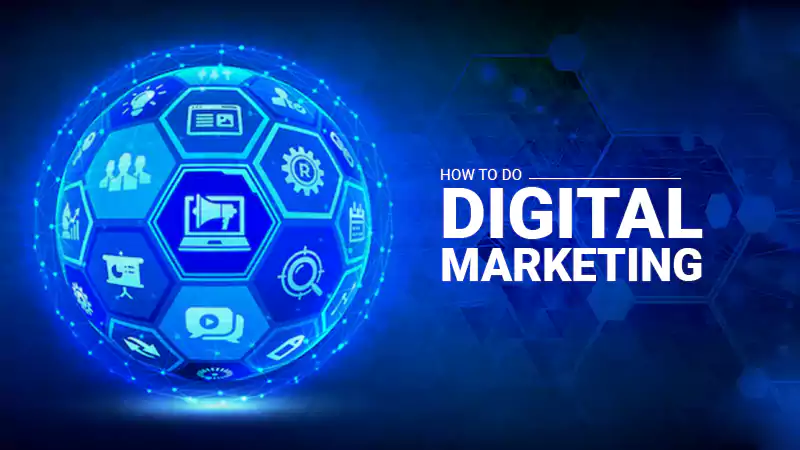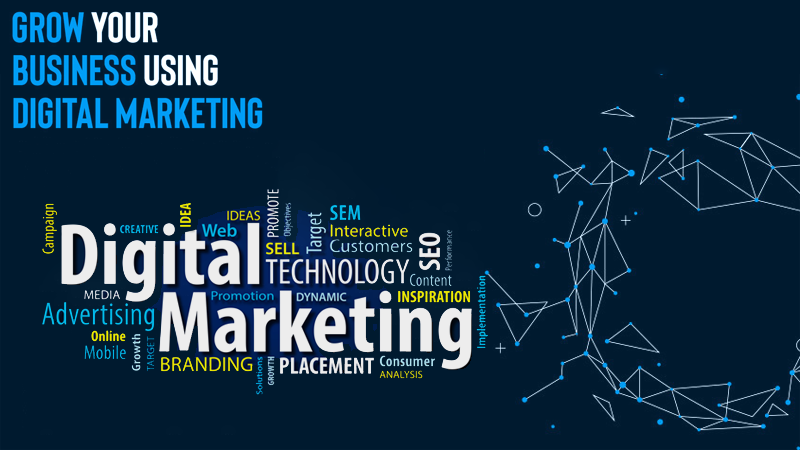Keep Prospects Hooked with Compelling Mid-Funnel Marketing
A consumer’s journey from being aware of your brand to purchasing your product is not as simple as it seems. Most of them will take time to do further research or weigh their options during this period.
A 2013 study estimated that consumers could even take up to 79 days on average to gather more information before making a purchase! That’s a long time, and many things can happen during this period. The worst outcome for your business would be for the consumer to forget you or lose interest in the end.
The good news is, this is something that you can work on via mid-funnel marketing. Read on to find out what it is and how to make it work for you.
What is the Marketing Funnel?
The marketing funnel, sometimes also called the purchase funnel, is a visual model that shows the consumer’s journey from becoming aware of your brand to making a purchase.
The number of stages for a marketing funnel can vary depending on the company, but most will generally have three.
Just like a real funnel, the first stage has the biggest coverage and uses marketing strategies that are eye-catching and easy to digest. This is called top-funnel marketing, and it aims to capture a wide audience. These will cover both people who are not necessarily looking to purchase anything and those who do. The purpose is to raise positive awareness about the brand. Even if most of these people do not proceed to the next stage, this is still great for the long run.
Those whose interest is piqued by the product or service promoted by top-funnel marketing will then move on to become prospects. They will wish to know more detailed information during the second mid-funnel stage. What solutions or benefits do your product or service offer them? What is your business’s standing within the industry?
They will actively educate themselves by seeking out reliable information during this stage.
The third stage or the bottom of the funnel is where conversion happens. The prospect is now equipped with the necessary information to make an informed decision. You must now convince them that what you have to offer is the best option.
Many companies will work with a reliable Google ads agency like Grow My Ads to get great results. These agencies can work with you to develop the most appropriate marketing strategies throughout the funnel stages.
What Can Go Wrong During the Mid-Funnel Section?
Consumers nowadays are becoming more deliberate and meticulous about their purchases. There is a wealth of information readily available on the Internet, which they can review before reaching a decision. The downside to this is that the amount of information they have to sift through can be overwhelming. This also takes time, so they can sometimes forget about your product or change their minds and not buy anything.
The goal in this stage is not yet to get them to purchase from you but to educate them and prove that your product or service is worth considering. Convince them that you are a worthy contender using facts and data.
The consumer may have already decided that they are willing to purchase a specific item, but they may have multiple brands to choose from. They will look into details and have questions unanswered by the top-funnel marketing they encountered. If information like this about your brand is not easily accessible or not compelling enough, you may get crossed out of their list. This is especially true for saturated markets with an overwhelming number of options.
How Can You Strengthen Your Mid-Funnel Marketing?
To put it simply, education is the best thing you can provide in mid-funnel marketing. Customers want to be assured that they are making the right decision. Nurture their interest in your product or service with meaningful content so they stay engaged until conversion.
Here are a few ways to keep them hooked while they’re in the mid-funnel stage:
Take Time to Develop Detailed White Papers
The usual marketing assets like catchy ads, taglines, infographics, and logos are mostly reserved for top-funnel marketing. They are intended to appeal to a broad audience and contain easy-to-digest information. But once you have managed to capture prospective leads who are now deliberating whether or not to buy your product, it’s time to up your game.
White papers can provide more in-depth information to educate your potential leads properly. Talk about your brand’s place in the industry and the accreditations you’ve received. Provide case studies and data used to develop your product or service. Back up promised benefits and solutions with facts.
You don’t have to worry about limited space for information, unlike in top-funnel marketing. You can go into detail with white papers because those are what your prospects want to know.
Also, Read: The Growth of Influencer Marketing
Provide Authentic and Convincing Testimonials
The white papers mentioned above will take care of your prospect’s analytical side. But studies have shown that emotions can have the biggest influence on a consumer’s decision to buy a product. While that might sound volatile, there are still many ways to influence your leads on an emotional level.
Hearing what actual customers have to say about your brand and offerings can sometimes be more compelling than cold, hard facts. It’s best if these reviews have a face and name to them for authenticity.
If you don’t have a big platform to showcase customer feedback, you may also want to look into the benefits of Amazon dropshipping. You can set up your online store via Amazon and list your products on the e-commerce giant’s site.
With drop shipping, you don’t need to have the products stocked in your place or a warehouse. A dropshipping supplier will take care of that for you and ship directly to the customers you get. Your products will also benefit from having verified customer feedback attached to them. And thanks to Amazon’s immense reach and visitor traffic, more people can easily access these reviews and consider them in their decision-making.

Don’t Let Them Forget You While They’re Still Deliberating
As mentioned earlier, consumers will go into research mode during this stage. They will also compare similar products from other brands during the mid-funnel phase. This all takes time, and you risk being overlooked in favor of more memorable or accessible brands.
Take action if you don’t want to be forgotten. Get them to sign up for your regular newsletter or follow your social media accounts. Your brand visibility will be crucial during this stage. And it’s essential to not just be visible but also informative.
Provide Easy Access to Answers They Need
Some may say that a call to action is best reserved for the last stage of the funnel. This is a good point, as seeming overly aggressive at this stage may scare off leads who are still wary.
However, you can still add a modified version to your mid-funnel materials. Instead of a direct call to action to buy the product, you can provide fuss-free ways for the customer to contact your sales team or customer support. Make sure to set up ways to address their unanswered questions easily. No matter how detailed your other marketing content maybe, some prospects will still have very particular concerns. Talking to your brand experts can dispel any doubts they may have. You can also provide FAQs on your websites or social media accounts as supporting content if 24/7 support is not possible.
Final Thoughts
Nurturing and providing your leads with the information they need to decide will have them converted in no time. But you should also be honest and transparent with the information you provide. Don’t oversell or undersell your product or service because this will only hurt your brand in the long run. Stick to promises you can keep.
Many companies may overlook mid-funnel marketing, thinking it’s not as crucial as top- or bottom-funnel strategies. But the truth is, every step in a potential customer’s journey needs to be carefully supported. With all these in mind, you can convert qualified leads into happy, loyal customers.











Share